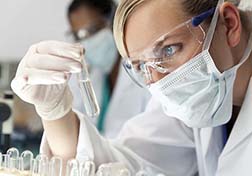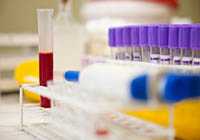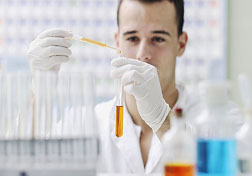Blood analysis on biochemistry. What are the main indicators of the biochemical blood test, their norms and the interpretation of the results of the study.
Content
Biochemical blood test (bha, or analysis on biochemistry, if in public) can give invaluable information when mass. A laboratory prescription determines a number of indicators reflecting the state of metabolism, as well as the activity of certain enzymes contained in serum.
What are the blood test indicators for biochemistry
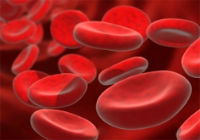
Below are indicators of blood testing on biochemistry, which can be studied in the laboratory:
- proteins and their fractions;
- Nitrogen exchange rates;
- glucose and its metabolites;
- lipids;
- Pigments;
- enzymes;
- Myocardial damage markers.
Raising or a decrease in certain indicators talks about the development of certain pathology. However, no analysis allows you to accurately diagnose. Laboratory research — This is a very important, but not the final method of diagnosing diseases. It is possible to determine exactly the patient, it is possible only on the basis of comparison of objective data, the history of the development of disease and laboratory and instrumental research.
Squirrels in bha
Serum protein is contained in the amount of 65-85 grams per liter of material.
Increasing this figure indicates dehydration — Loss of fluid blood. This state occurs with extensive burns (usually thermal), severe injuries, cholera and other infections.
Reducing the protein content is observed at:
- insufficient receipt of it with food;
- increased his loss (kidney disease, diabetes, burns, ascites, oncopathology);
- Violation of its synthesis with lesions of the liver, long-term treatment with corticosteroid hormones, as well as reducing its suction (enteritis, pancreatitis).
Indicators of nitrogen exchange
In the body, proteins are destroyed with the formation of the final product — urea. It is excluded by the kidneys, and the increase in its blood concentration speaks of various pathologies of this organ:
- renal failure;
- Glomerulonephritis;
- pyelonephritis;
- nephrosclerosis;
- long squeezing syndrome;
- malignant arterial hypertension;
- Urine release delay with prostate adenoma, blockage of urinary tract stone or tumor.
Reducing the concentration of urea does not have diagnostic value.
Glucose and her metabolites
The study of blood glucose concentration is the most important stage in diagnosis of diabetes. A mass of tests have been developed that allow you to reveal this disease even in a hidden form.
Normal content of this substance in adults — 3.9-6.1 mmol / l. Diabeticians can seriously increase (hyperglycemia) or decrease (hypoglycemia). Critical change in glucose concentration can lead to a coma and requires therefore immediate intensive therapy.
Lipids in biochemical blood test
Triglycerides, cholesterol and its fractions are coming to lipids. The content of these substances increases with dislipoproteinemia, which leads to the development of atherosclerosis.
Pigments in bha
In this group, indicators examine the level of bile pigments (bilirubin and urobiline bodies). Increasing their serum content speaks about the presence of jaundles. Depending on the numbers of increasing concentration and on exactly which pigment was raised (direct / indirect bilirubin), it can be concluded about the causes of jaundice:
- cessation of bile outflow;
- massive destruction of liver cells;
- decay of red blood cells and t. D.
Enzymes in bha
There are two large groups of enzymes that are studied in the laboratory:
- nonspecific enzymes involved in common exchange processes for all tissues;
- Organship-specific enzymes that act only in exchange processes in certain tissues.
To the first are aspartaminotransferase, alanineotransferase, lactate dehydrogenase, alkaline phosphatase. The level of these enzymes increases with various diseases, so the diagnostic value of this study is not very high.
The second are presented:
- glutamatedehydrogenase, rising during the lesions of the liver;
- alpha-amylase and lipase, the increase in the level of which speaks of the damage to the pancreas.
Myocardial damage markers
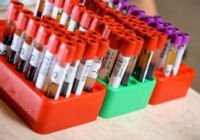
Learning level: these substances in large quantities are released into blood during damage to myocardial cells. An increase in their concentration uniquely indicates the massive destruction of the part of the heart muscle and allows you to accurately put the diagnosis of heart attack.
- common creatineinase (rate of 200 meters per liter);
- Mioglobin (norm 22-66 μg per liter);
- Troponin T and I (Normally missing or there are trace numbers).
Blood analysis on biochemistry is taken from most patients. Precisely to diagnose it, most often, does not allow. However, the knowledge of the causes of the internal environment of the body often pursues a doctor to the right thoughts. And that's — Pledge of successful treatment.



